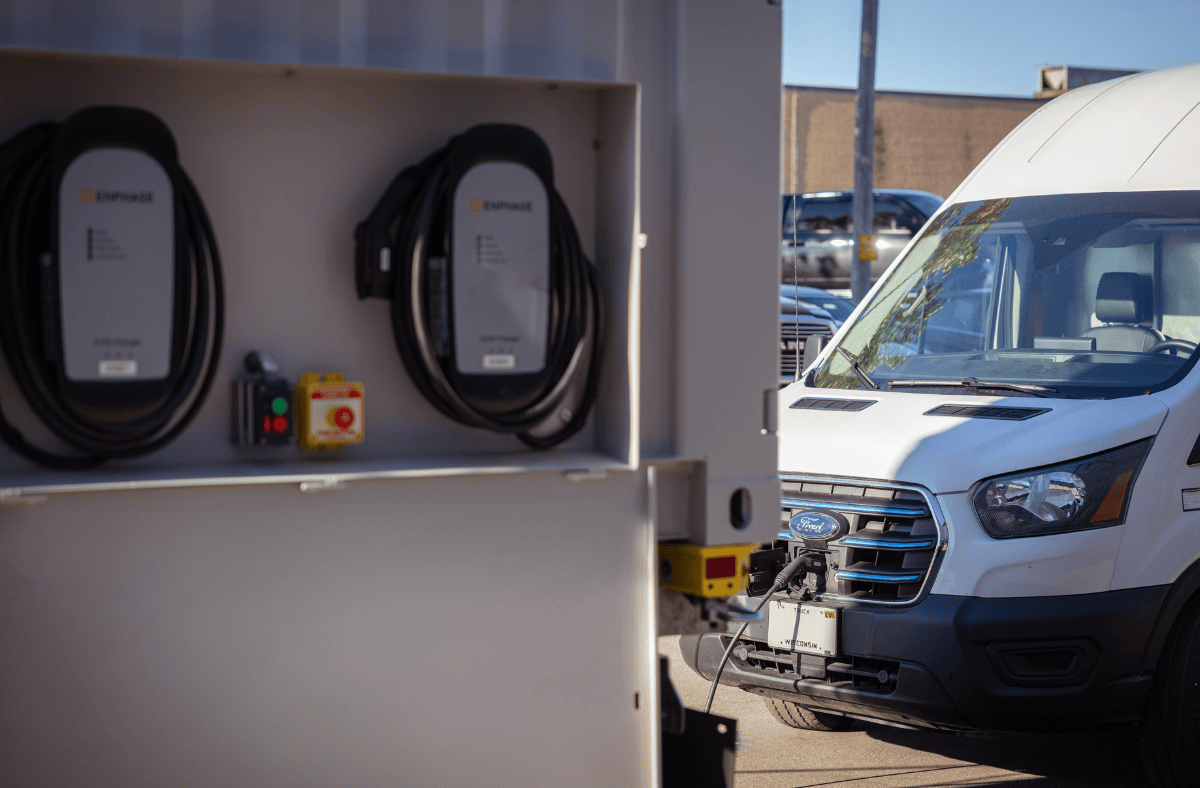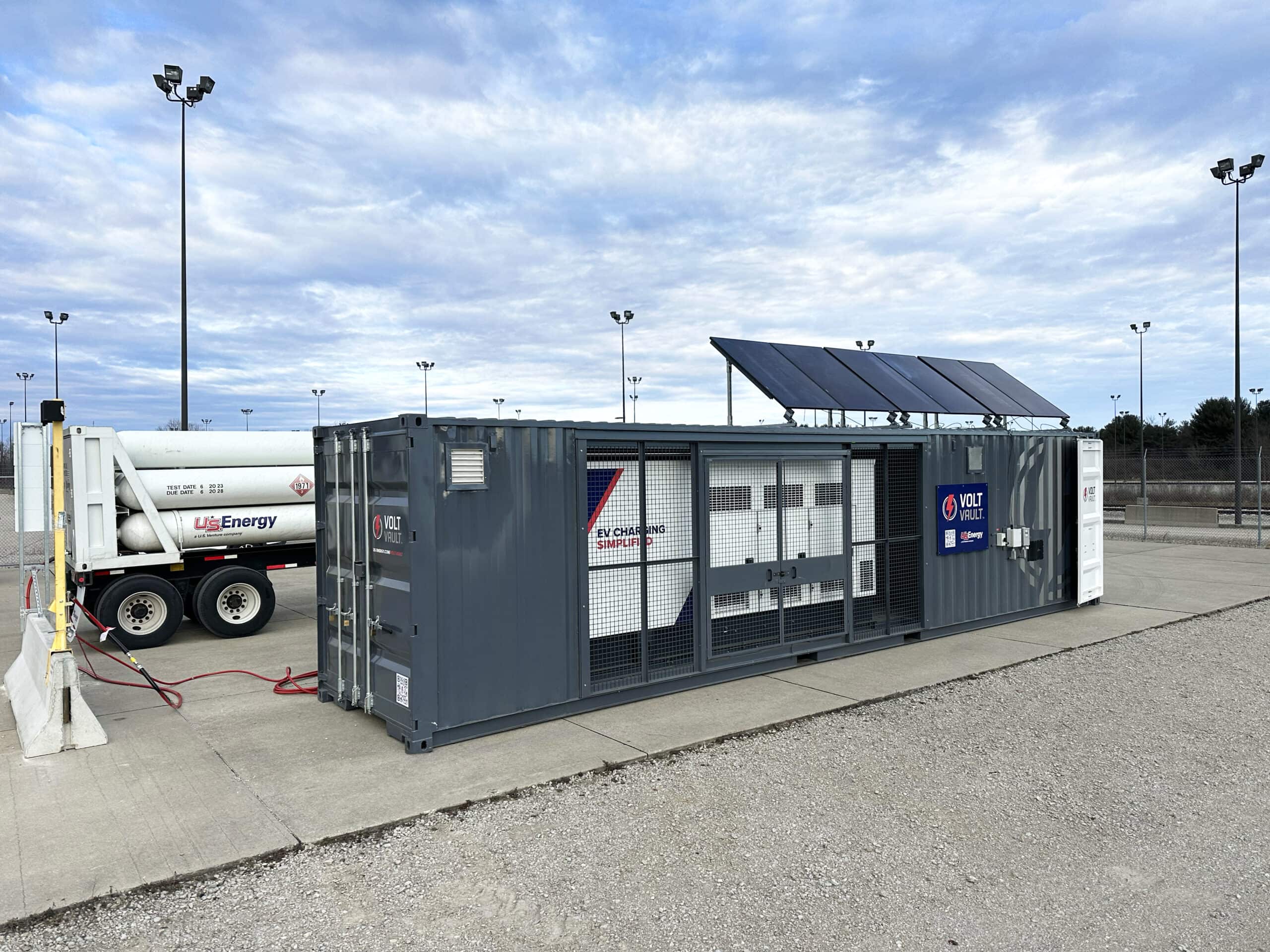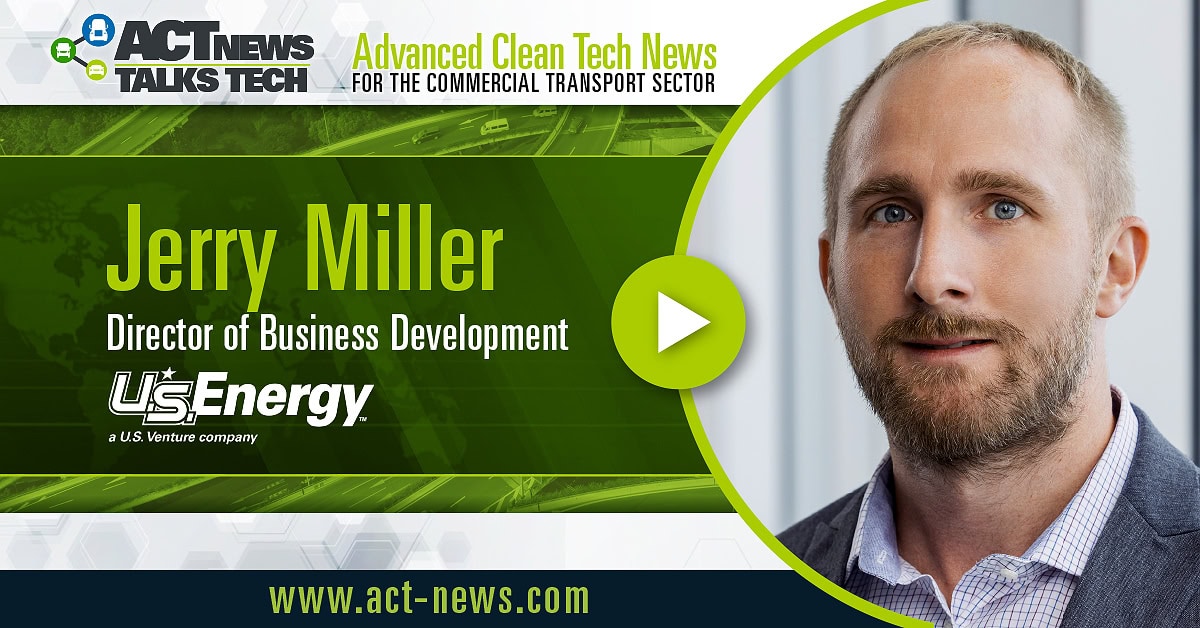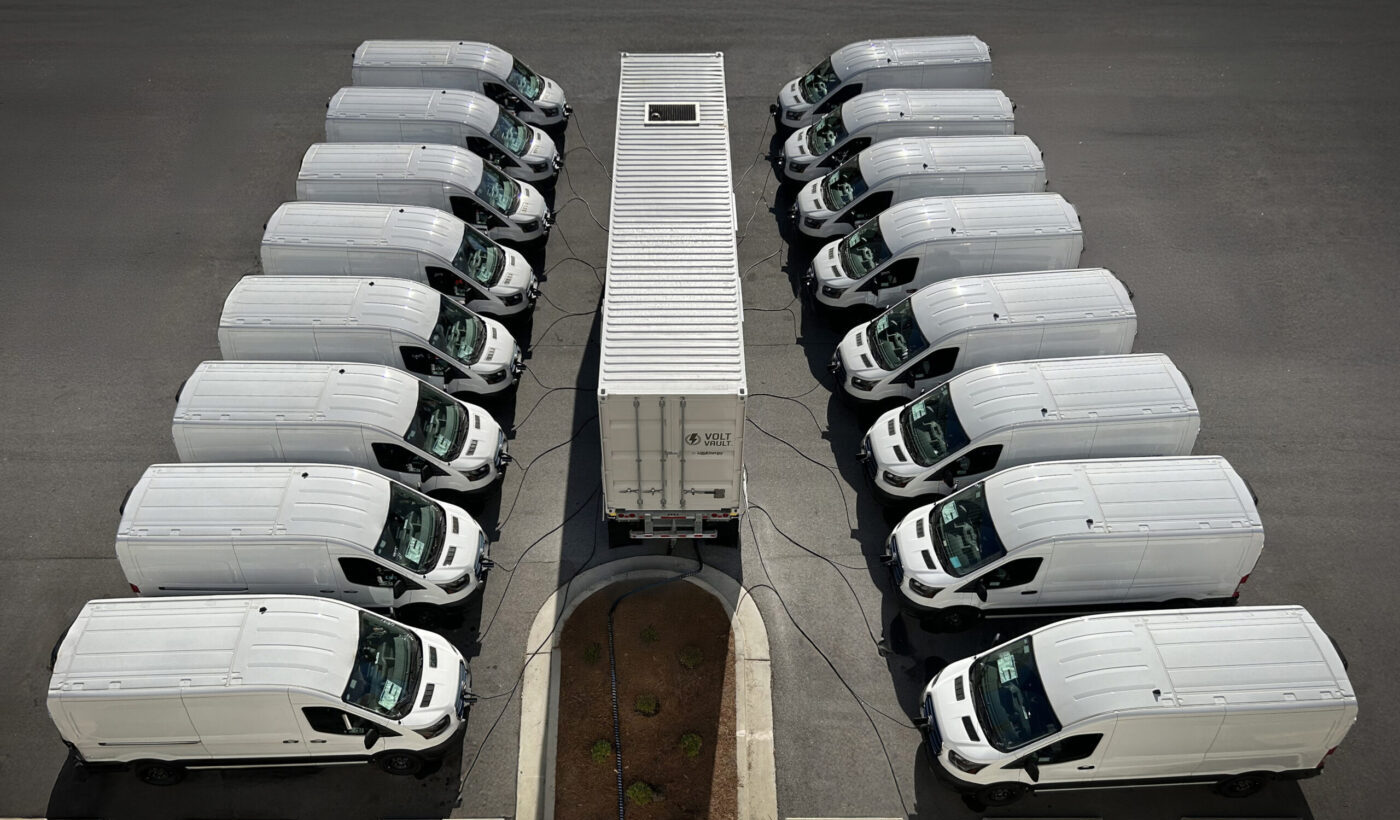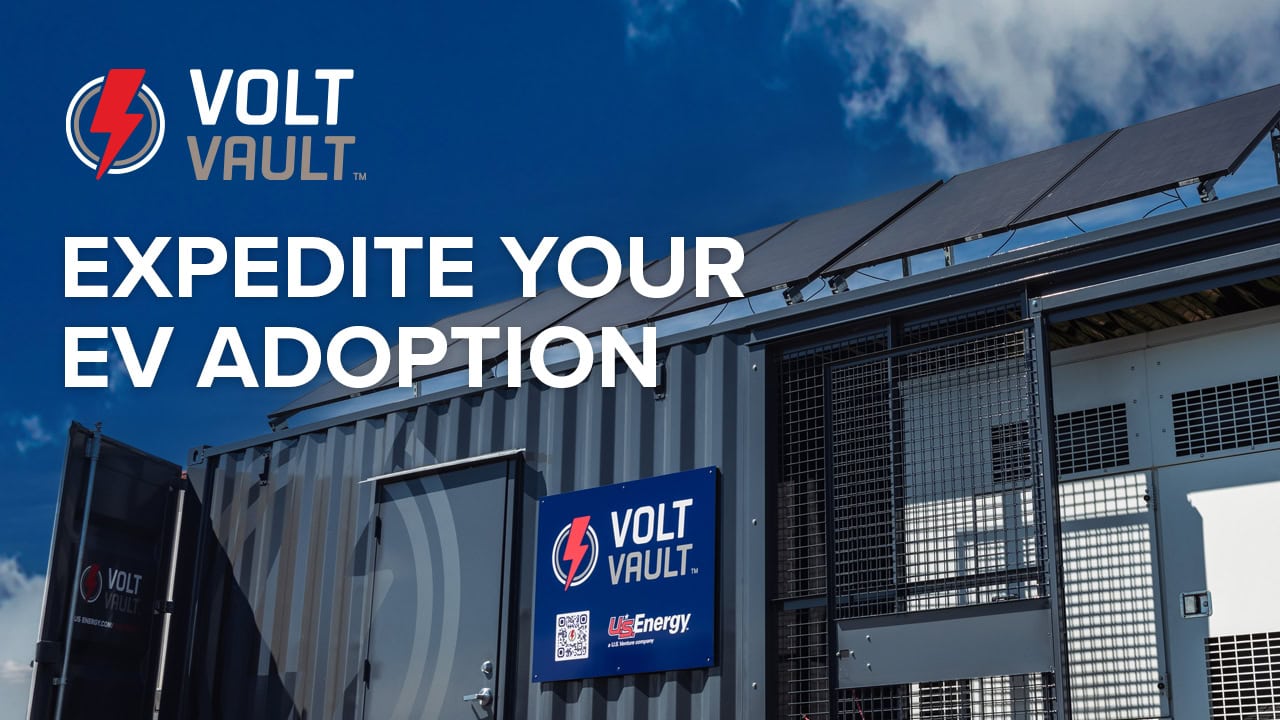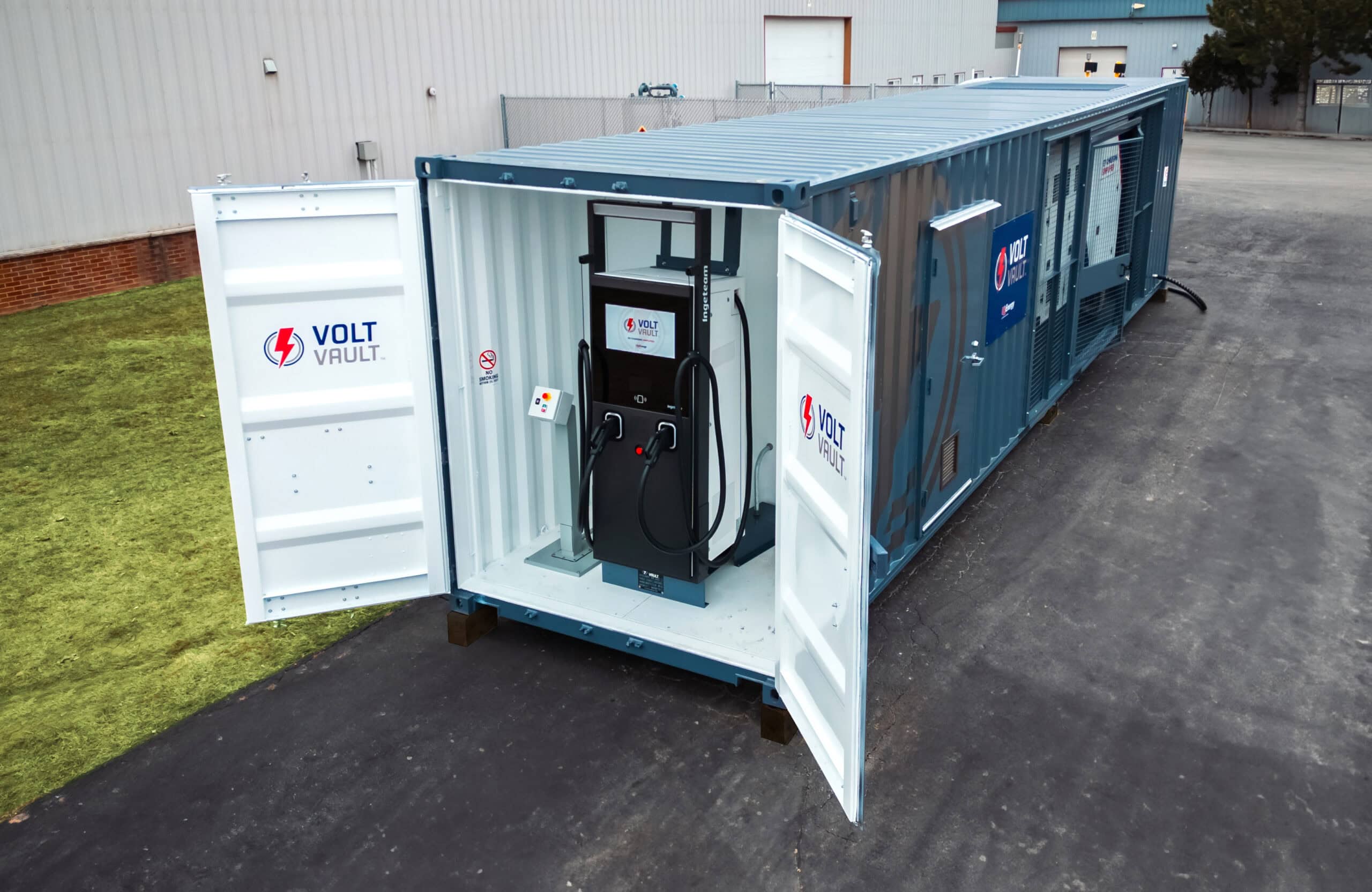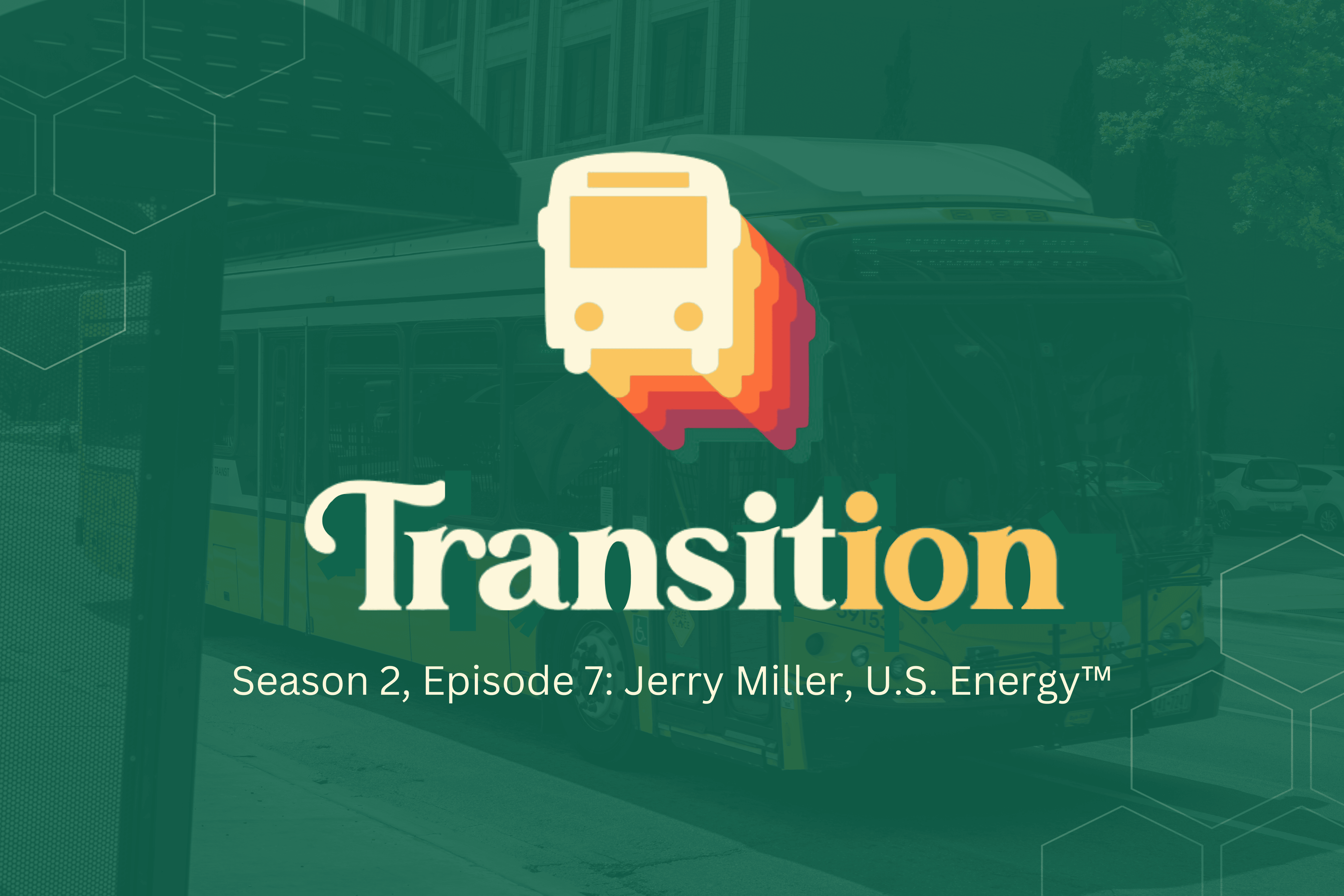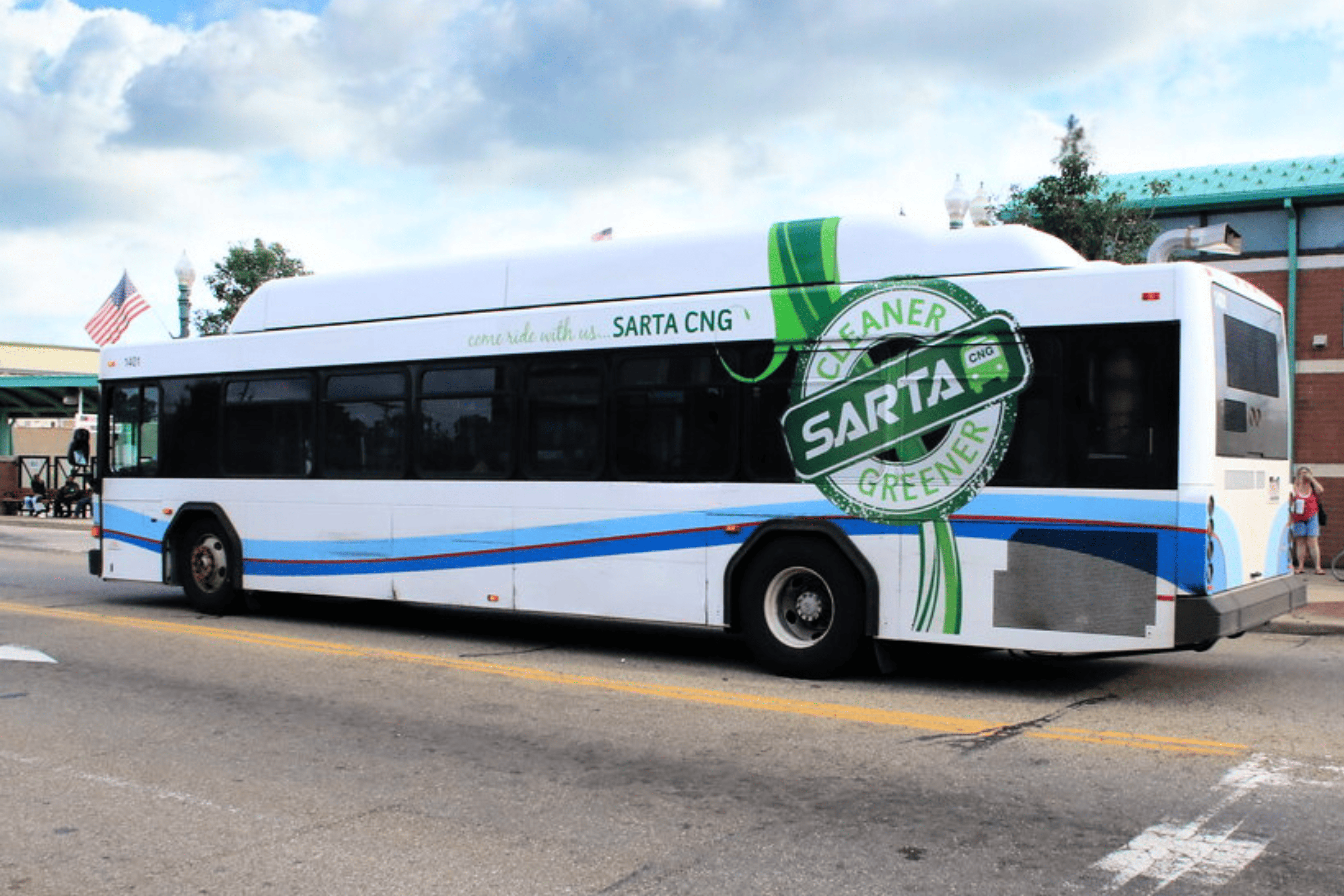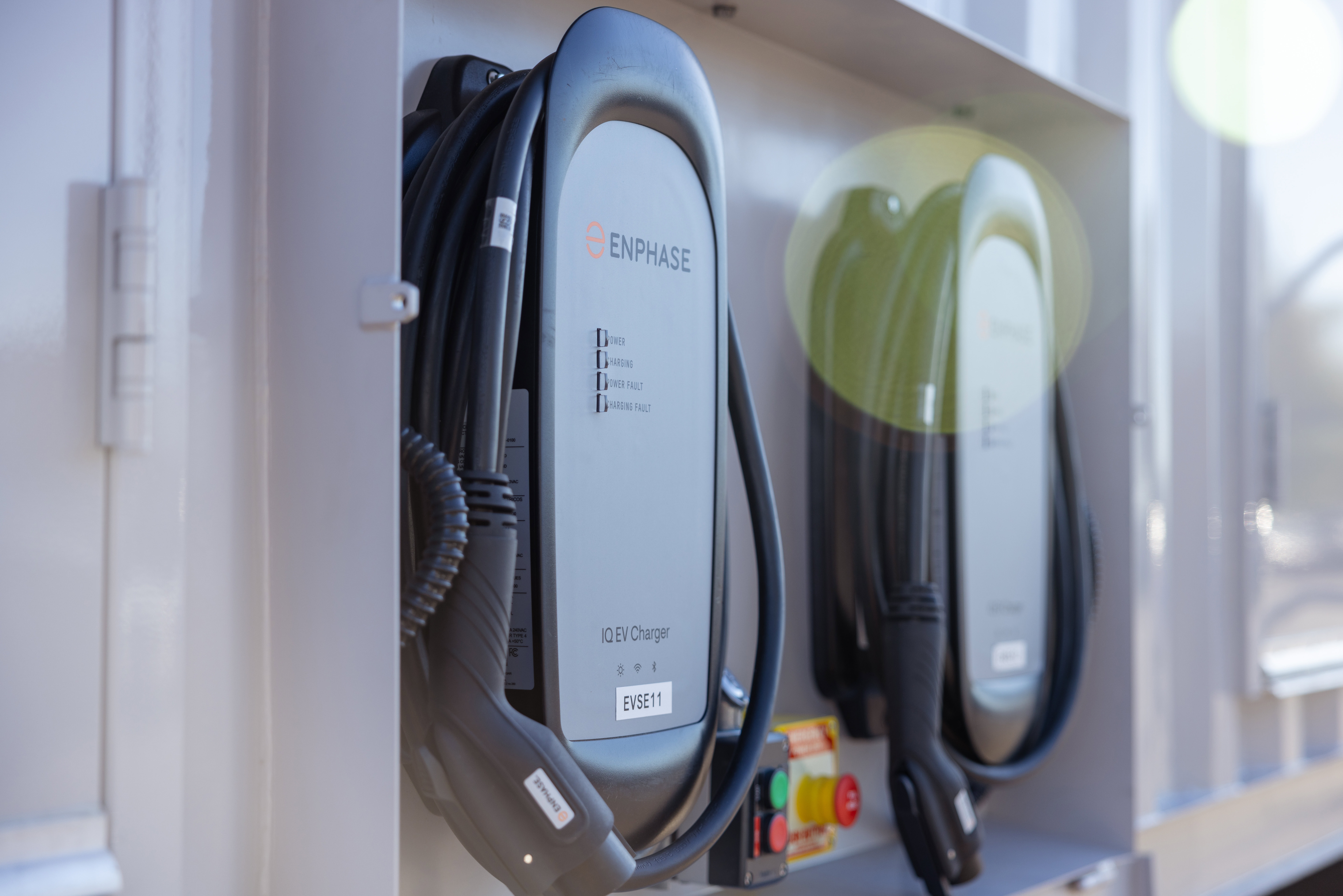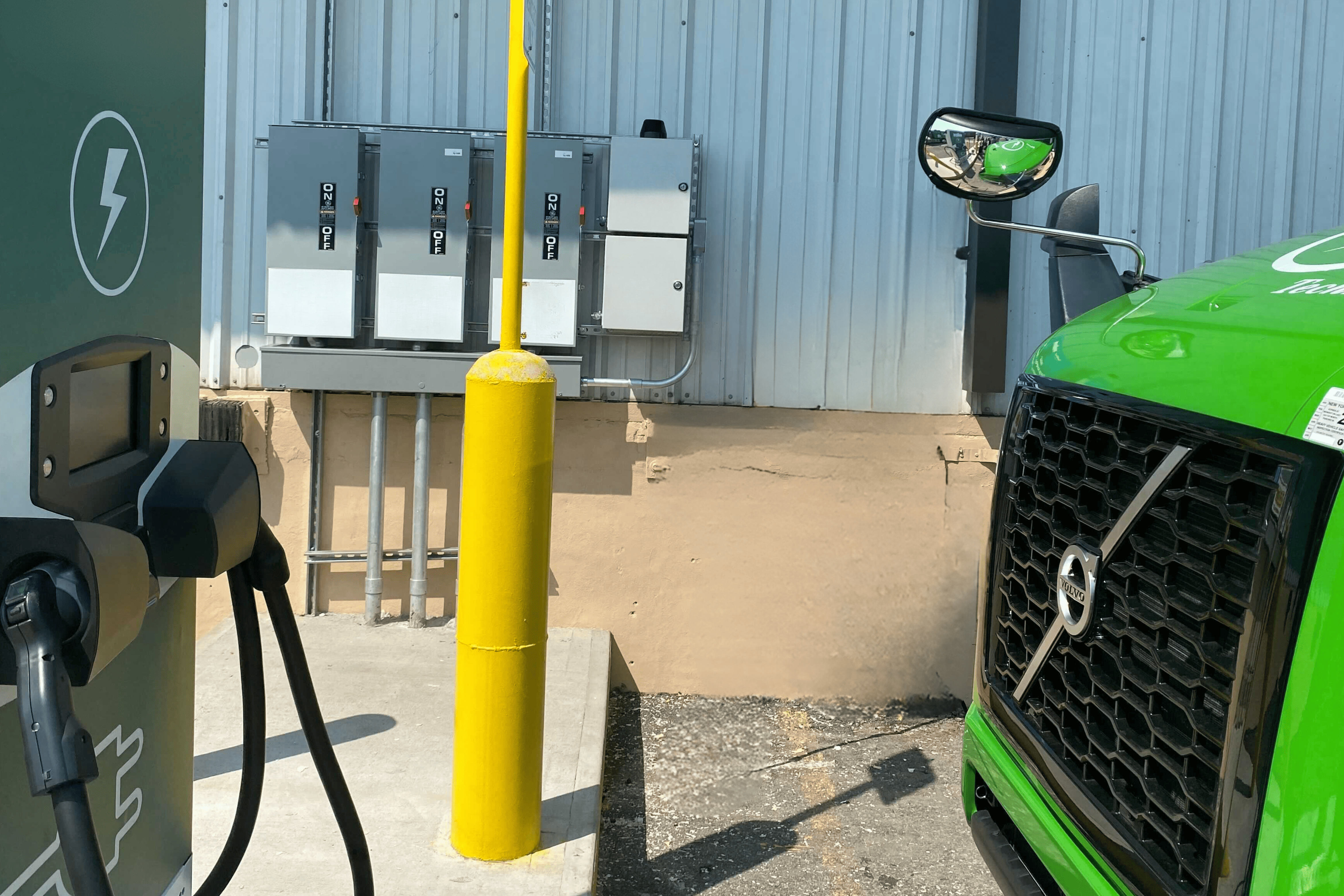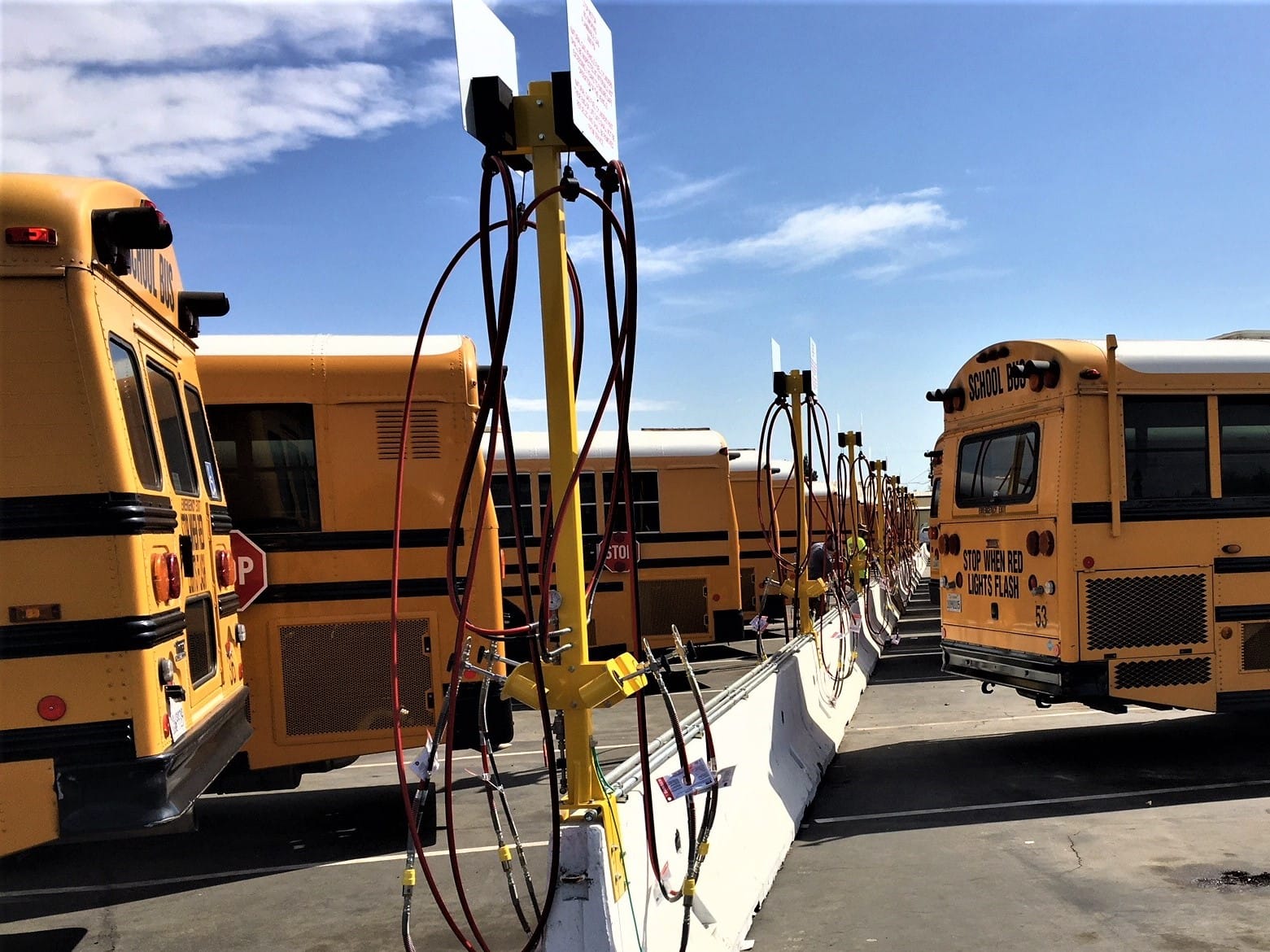Education Center / What Are Your Options for EV Infrastructure Build-Out?
Blog
Category: Alternative Fuel, Electric Charging, Transportation
What Are Your Options for EV Infrastructure Build-Out?
As more organizations look to expand electric vehicle (EV) adoption within their owned fleets or provide charging accommodations to employees and customers, many are faced with the same question: how to implement EV infrastructure quickly. To meet 2030 goals, McKinsey & Company reports that the EV charging infrastructure network needs to grow by almost 20 times that of today’s current state, despite utilities not being able to accommodate that growth. So, what options exist to begin using electric vehicles within your fleet? At the most basic level, organizations can choose from two pathways: a utility-based approach or a non-utility-based solution.
PATHWAY #1: A UTILITY-BASED APPROACH
Engaging with your local utility can seem like the most logical approach once you’re ready to install EV chargers. After all, you need electricity supply and that’s what utilities specialize in. However, what many don’t realize is that getting started isn’t as simple as having your utility help set up and commission your chargers. Rather, it comes with the below set of considerations:
- Power Load: Most locations do not have enough available power to support electrifying multiple EVs. To make this possible, site-specific or utility infrastructure upgrades are required which could add an additional 2-3+ years to your process.
- Grid Capacity: As more organizations electrify their fleets, the demand for electricity will increase exponentially. In some cases, organizations will find that securing enough power supply will be their main issue. As a result, certain regions may be subject to brown outs—or short periods of time where they don’t have access to electricity—as the grid tries to keep up with demand.
- Property Ownership: A major consideration is property ownership. EV charger installation often requires trenching which can result in ripping up existing parking lots to lay electrical lines. If you do not own your property and you’re unable to get permission from the landowner, you won’t be able to install EV charging through a utility-based approach.
- Electricity Surcharges: As a grid-based solution, your EV charging will be subject to time of use and demand surcharges which you can read more about in this blog. Depending on what time of day you charge your EVs and how much electricity you need, your rates could fluctuate—resulting in unanticipated costs.
- Electricity Feedstock: If you want to make an impact on your sustainability goals, you may be surprised to find out that depending on your region, the grid you’re pulling from may be powered by a non-renewable resource like coal. Unfortunately, there is not much you can do about this except wait for more renewable sources to come online in your region.
Even with these infrastructure challenges, city and state air board policies are going into effect—requiring fleets in certain regions to adopt electrified solutions. As a result, many are taking these challenges out of the equation to meet their goals: pursuing a non-utility-based approach.
PATHWAY #2: A NON-UTILITY-BASED APPROACH
When you take your utility out of the picture, what alternative options are left? And what considerations do you need to keep in mind? There are three main alternatives: portable battery, power conversion, and renewable energy-based solutions.
- Portable Battery-Powered Solutions: With this option, you’ll rely on a battery that will be charged by the grid and then moved to an off-grid location where charging is needed. While this option eliminates the need for on-site infrastructure upgrades, it is still reliant on the grid, susceptible to demand and time of use charges, limited to the size (and number) of your batteries, and comes with an additional cost to move and replace batteries.
- Power Conversion Solutions: A second alternative constantly takes low-voltage power from the grid, stores it within on-site batteries, and then converts it into a higher-voltage power supply that provides DC fast charging intermittently. The benefit is that this option has a lower infrastructure cost than a utility-based solution and is faster to install. However, it is still reliant on the grid for power, can be expensive, your electricity’s carbon intensity (CI) score depends on the grid’s energy feedstock(s), and again you’re constrained by your battery size and the rate of your low-voltage power.
- Conventional- or Renewable Energy-Powered Solutions: The third option uses onsite, portable solutions that produce electricity from a conventional or renewable energy source. Here, you’re able to avoid all five of the considerations from a utility-based approach: allowing you to tailor your infrastructure deployment and electricity source to align with your company’s unique environmental and economic goals. Since these solutions often rely on a generator and result in upstream emissions, you will need to involve your local air board.
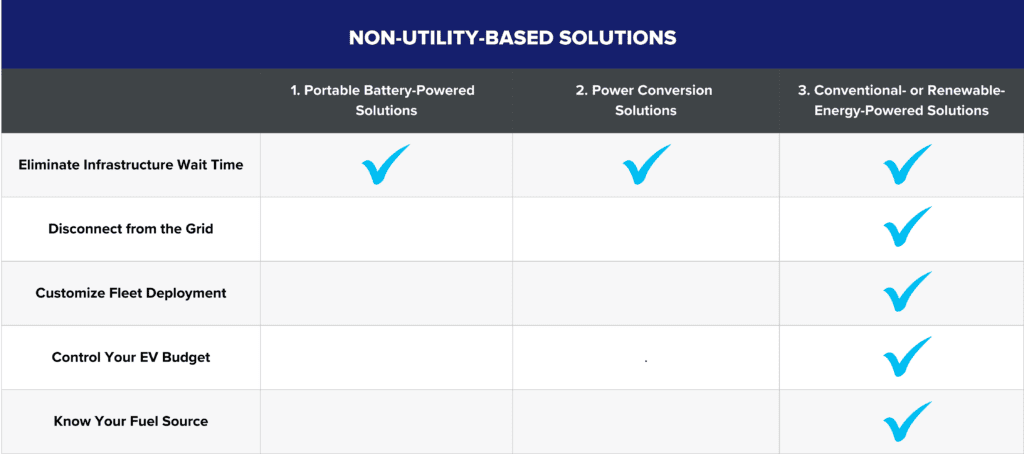
HOW TO GET STARTED?
While there are multiple pathways and numerous considerations to keep in mind, integrating EV charging into your operations doesn’t have to be difficult—or come with a long infrastructure lead time. If you’re interested in getting started sooner, U.S. Energy® has developed a patent-pending, redeployable renewable energy-powered solution: Volt Vault™. For more information on how you can expedite your EV adoption with Volt Vault, reach out to Jerry Miller.

